Around 155 million years ago, a continental drift caused a massive chunk of land to break off from Australia. Researchers from Utrecht University, in an October 2023 study, discovered evidence of this lost continent beneath the jungles of Southeast Asia, naming it "Argoland." According to the study published in Gondwana Research, Argoland once stretched as wide as the United States during the Jurassic Era.

Before this discovery, geologists were already aware that around 150 million years ago, a long piece of continent broke off from northwestern Australia and drifted away, per Phys. The evidence was the “void” or the “basin” called the Argo Abyssal Plain, which was discovered on the seafloor off the coast of northwestern Australia. But they didn’t know how and where it disappeared. With the discovery of Argoland, they found the missing piece of the geological puzzle. "Finding Argoland proved challenging," researchers wrote in the study. "We were literally dealing with islands of information, which is why our research took so long. We spent seven years putting the puzzle together," Eldert Advokaat, a study author, said in a university news release.
Advokaat and Hinsbergen were also interested in finding out if the geology of Southeast Asia could reveal what happened to Argoland. “The situation in Southeast Asia is very different from places like Africa and South America, where a continent broke neatly into two pieces. Argoland splintered into many different shards. That obstructed our view of the continent’s journey,” said Advokaat.
However, even after they located the missing continent in Southeast Asia, the researchers were anticipating finding the entire continent. But they found only fragments and shards of the disappeared continent. Upon studying the fragments, they proposed that the Argoland continent stretched for more than 3,000 miles from western Australia to the north of Papua New Guinea.
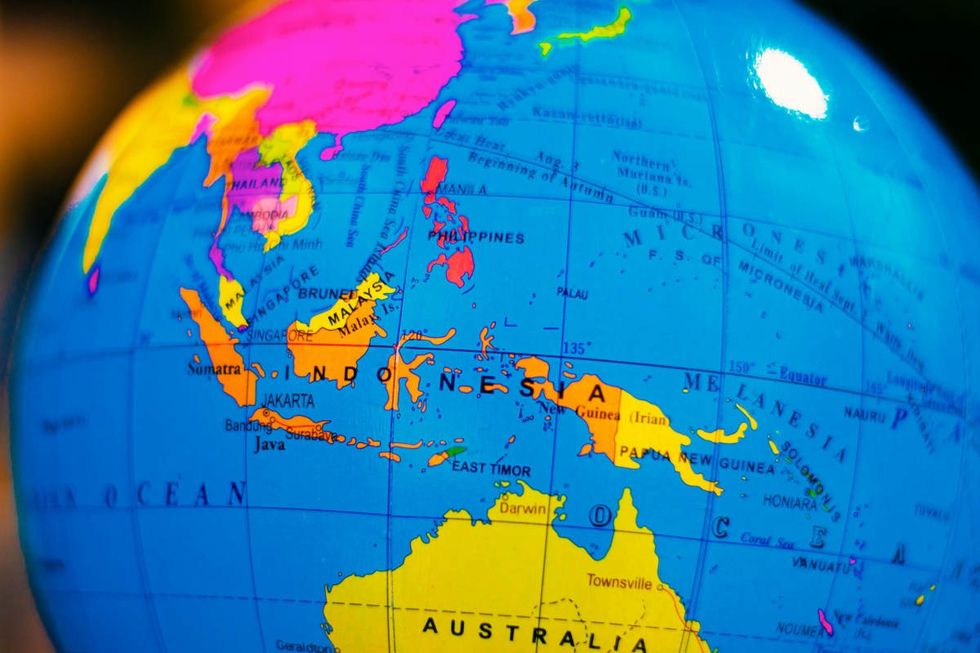
The geologists discovered the rocky fragments in the form of tectonic “mega-units,” scattered on the seafloor amid a setting of small islands. “Parts of the continent, which once extended over 3,000 miles, were ‘hidden beneath the green jungles of large parts of Indonesia and Myanmar,’” the team of Dutch researchers revealed. They investigated the fragments and reconstructed the entire geological history of Argoland, documenting it in a video. “The splintering of Argoland started around 300 million years ago,” explained geologist Douwe J. J. van Hinsbergen in the press release.
Press release!
— Douwe van Hinsbergen (@vanHinsbergen) October 23, 2023
For decades we have known that a continent broke off western Australia, #Argoland. We now show how Argoland was an '#Argopelago' of microcontinental fragments, like Zealandia or Greater Adria, whose remains underlie Myanmar and Indonesia!https://t.co/rgi7vAgtj2 pic.twitter.com/JDbtFGgZC5
Researchers emphasized the importance of these fragments for understanding Argoland’s history. “If continents can dive into the mantle and disappear entirely, without leaving a geological trace at the earth’s surface, then we wouldn’t have much of an idea of what the earth could have looked in the geological past. It would be almost impossible to create reliable reconstructions of former supercontinents and the earth’s geography in foregone eras”, said Hinsbergen.
Hinsbergen added that these reconstructions are crucial for understanding a continent’s evolution. “Those reconstructions are vital for our understanding of processes like the evolution of biodiversity and climate, or for finding raw materials. And at a more fundamental level: for understanding how mountains are formed or for working out the driving forces behind plate tectonics; two phenomena that are closely related.”
According to Phys, the reconstruction of Argoland’s history revealed that it fractured into an archipelago during the Late Triassic period, parts of which later sank into the ocean. Before disintegrating, the Argoland continent was part of the supercontinent of Gondwana, per Popular Mechanics.
Editor's note: This article was originally published on August 5, 2024. It has since been updated.


















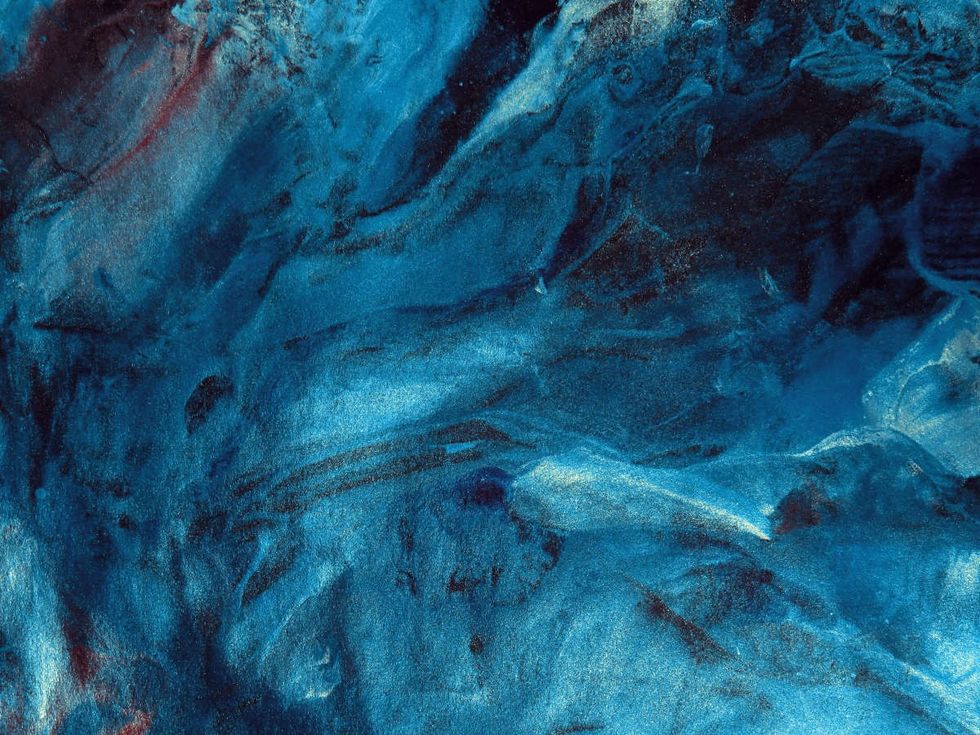 Representative Image Source: Pexels | Anni Roenkae
Representative Image Source: Pexels | Anni Roenkae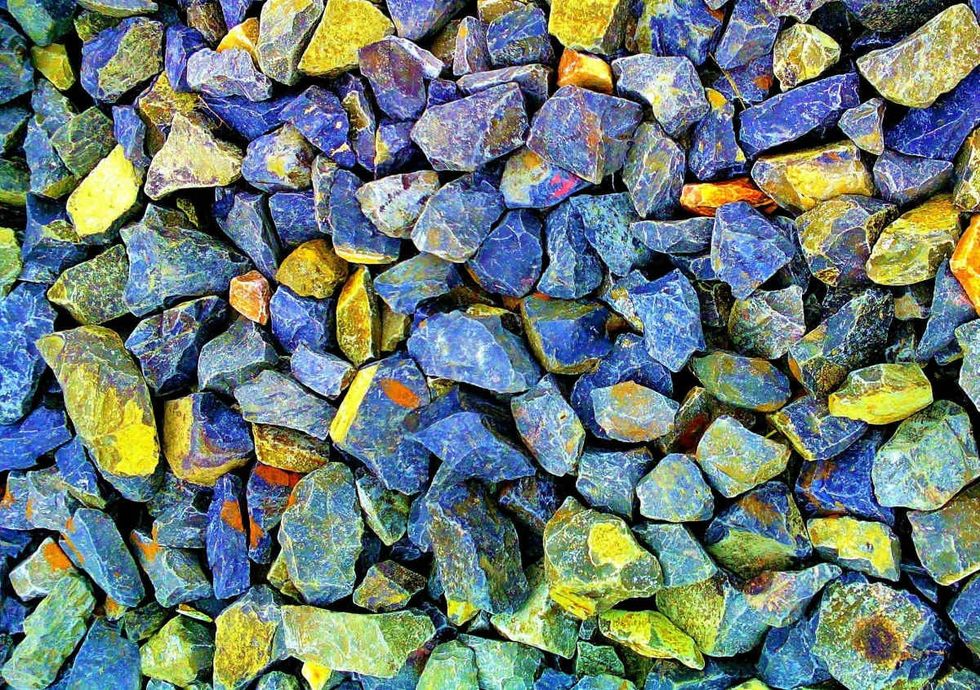 Representative Image Source: Pexels | Its MSVR
Representative Image Source: Pexels | Its MSVR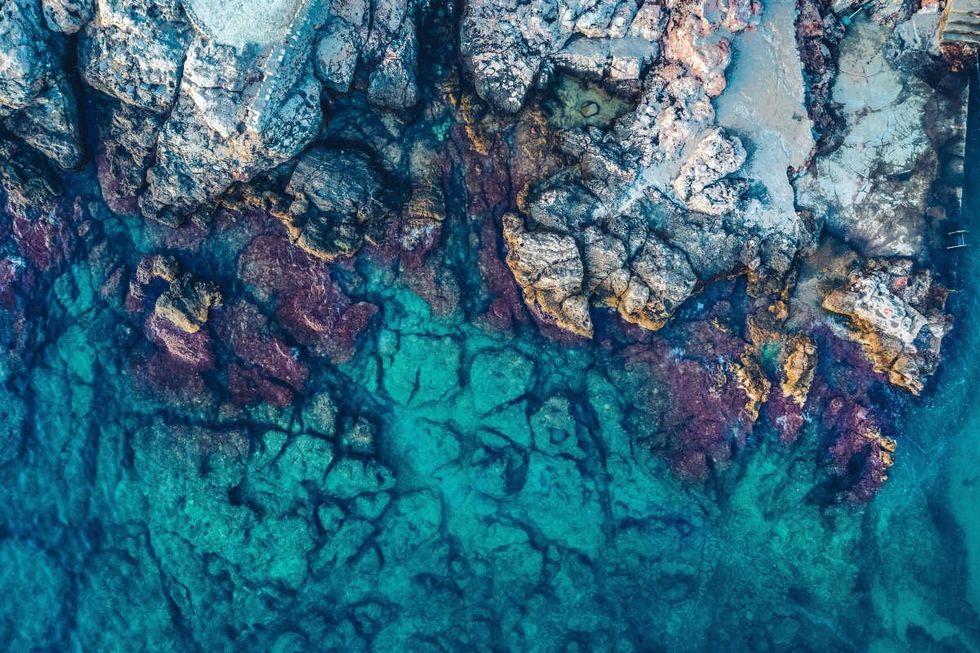 Representative Image Source: Pexels | Lucian Photography
Representative Image Source: Pexels | Lucian Photography

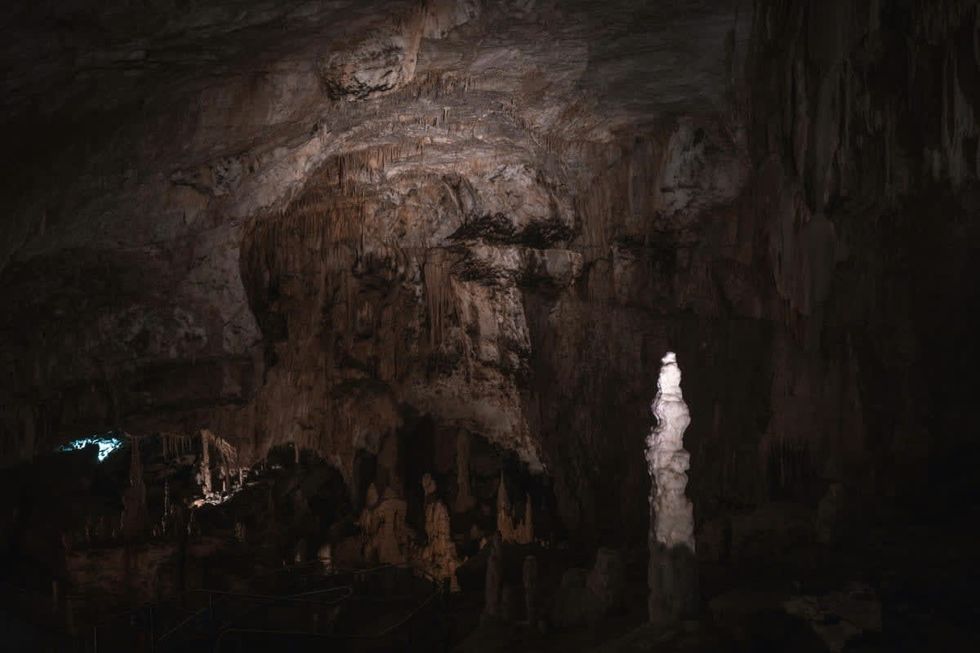 Representative Image Source: Pexels | francesco ungaro
Representative Image Source: Pexels | francesco ungaro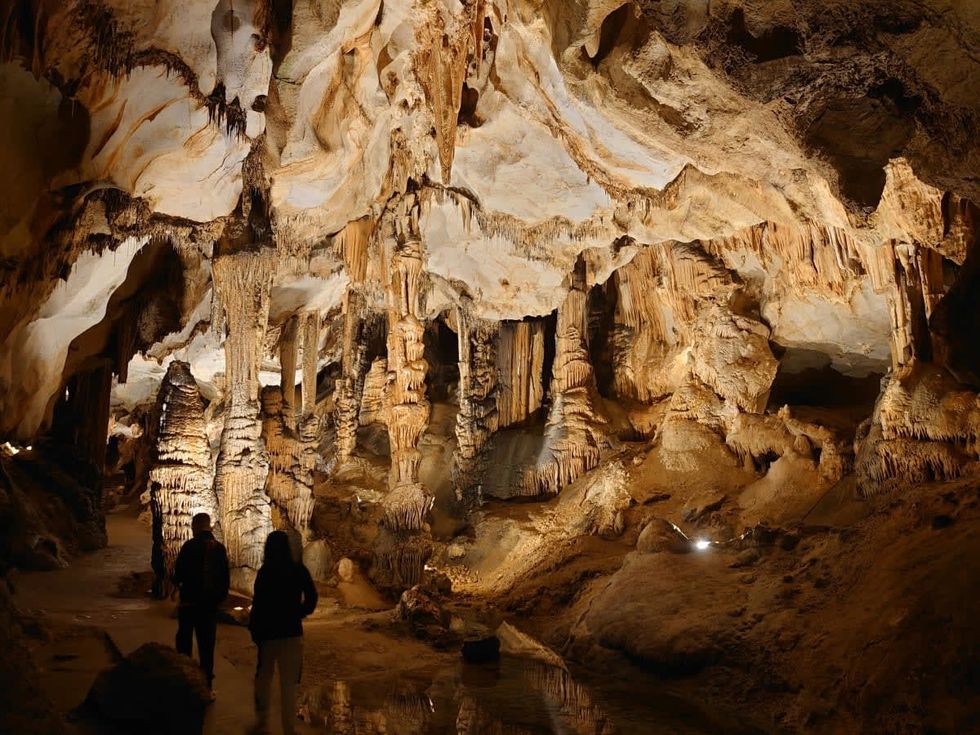 Representative Image Source: Pexels | parfait fongang
Representative Image Source: Pexels | parfait fongang Image Source: YouTube |
Image Source: YouTube |  Image Source: YouTube |
Image Source: YouTube |  Image Source: YouTube |
Image Source: YouTube | 
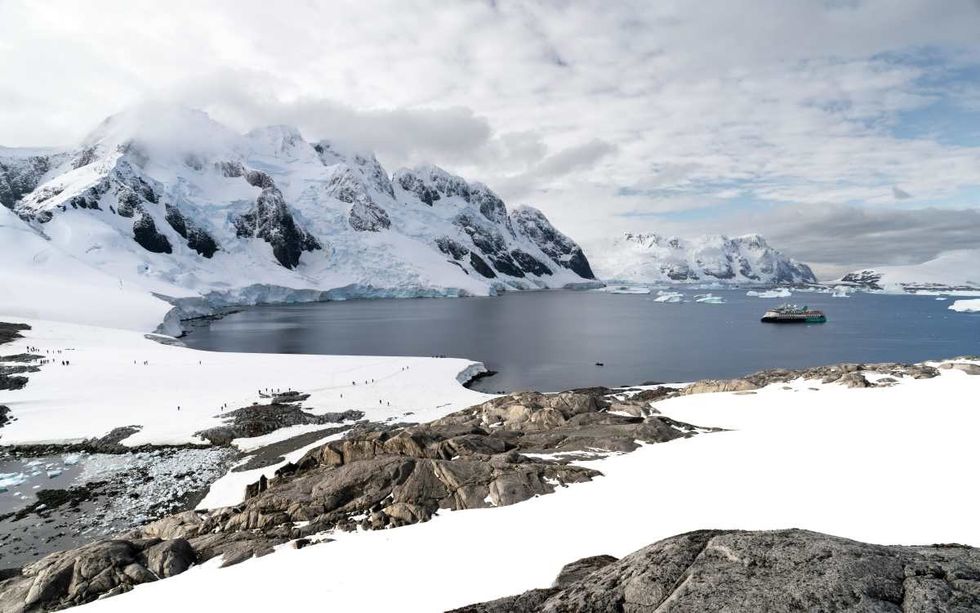 Representative Image Source: Pexels | Hugo Sykes
Representative Image Source: Pexels | Hugo Sykes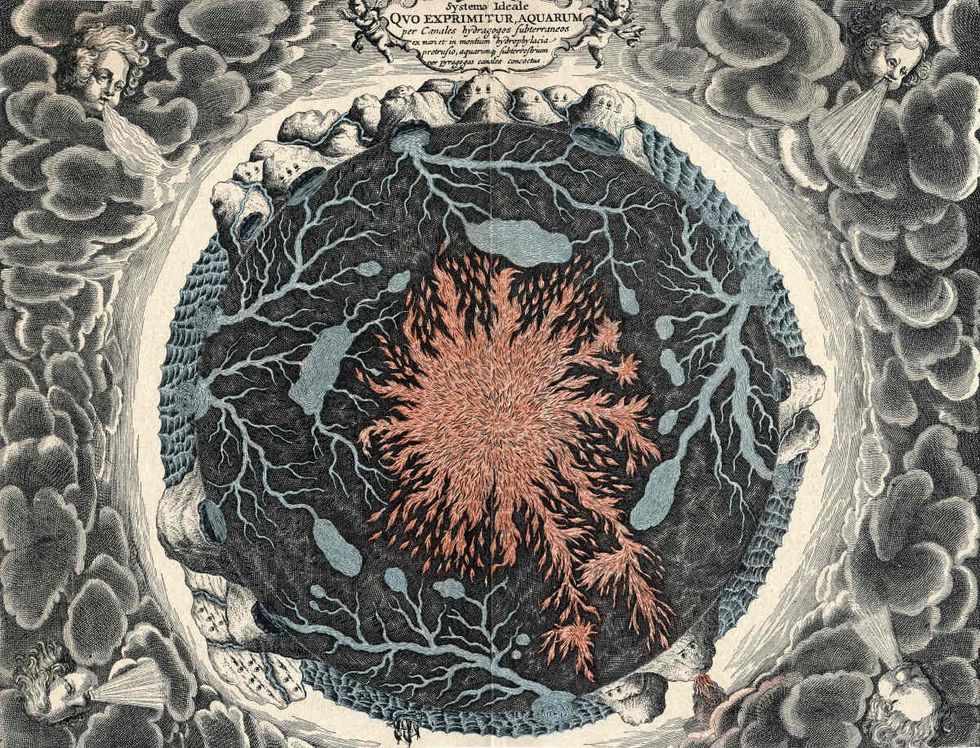 Representative Image Source: Sectional view of the Earth, showing central fire and underground canals linked to oceans, 1665. From Mundus Subterraneous by Athanasius Kircher. (Photo by Oxford Science Archive/Print Collector/Getty Images)
Representative Image Source: Sectional view of the Earth, showing central fire and underground canals linked to oceans, 1665. From Mundus Subterraneous by Athanasius Kircher. (Photo by Oxford Science Archive/Print Collector/Getty Images)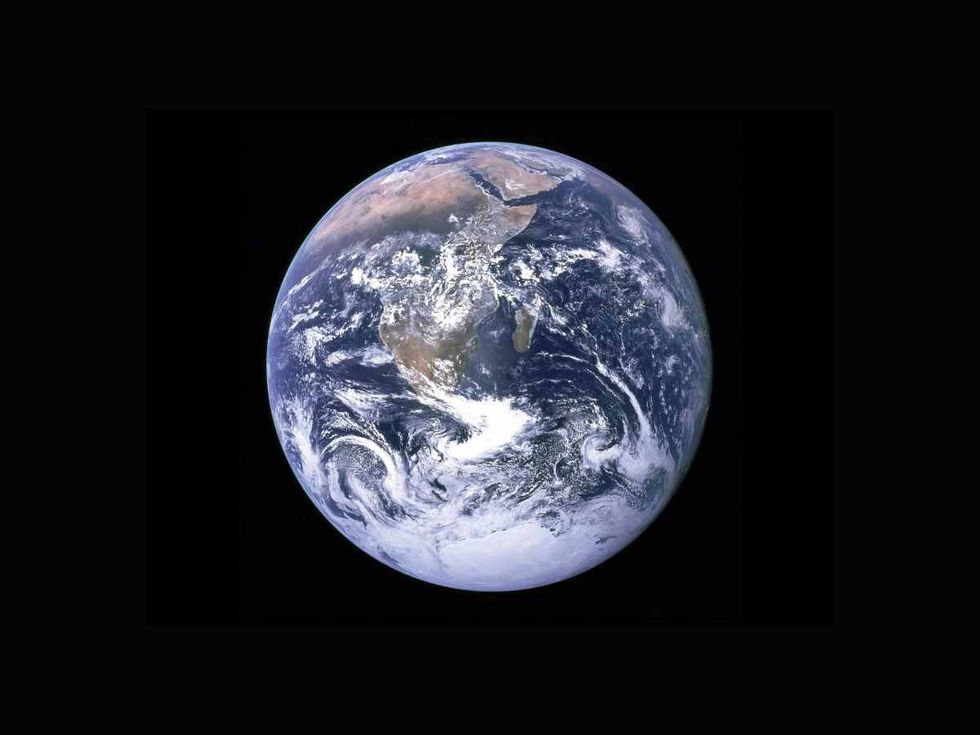 Representative Image Source: Pexels | NASA
Representative Image Source: Pexels | NASA

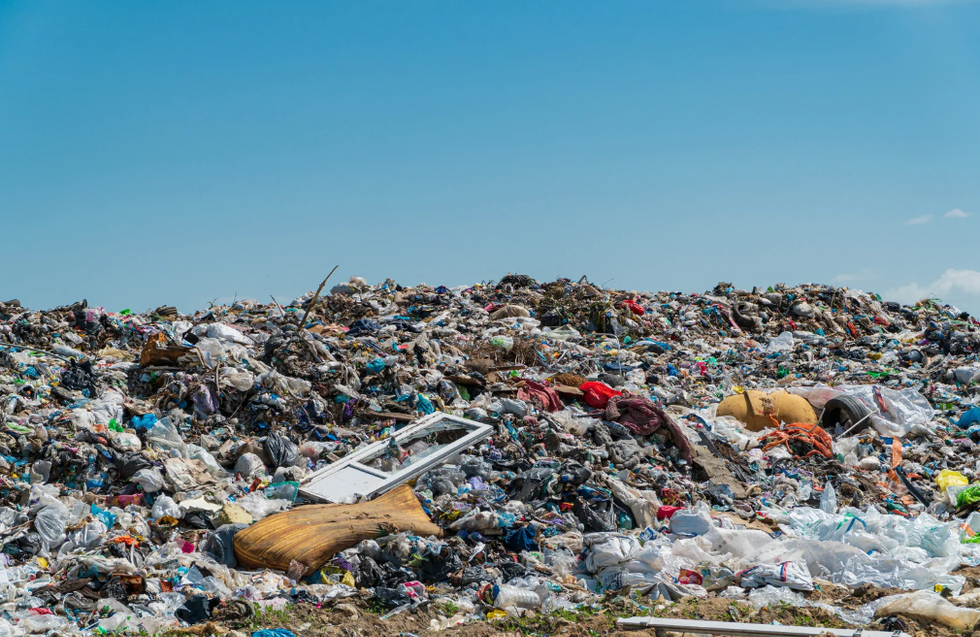


 Representative Image Source: Pexels | Steve Johnson
Representative Image Source: Pexels | Steve Johnson Representative Image Source: Pexels | RDNE Stock Project
Representative Image Source: Pexels | RDNE Stock Project Representative Image Source: Pexels | Mali Maeder
Representative Image Source: Pexels | Mali Maeder
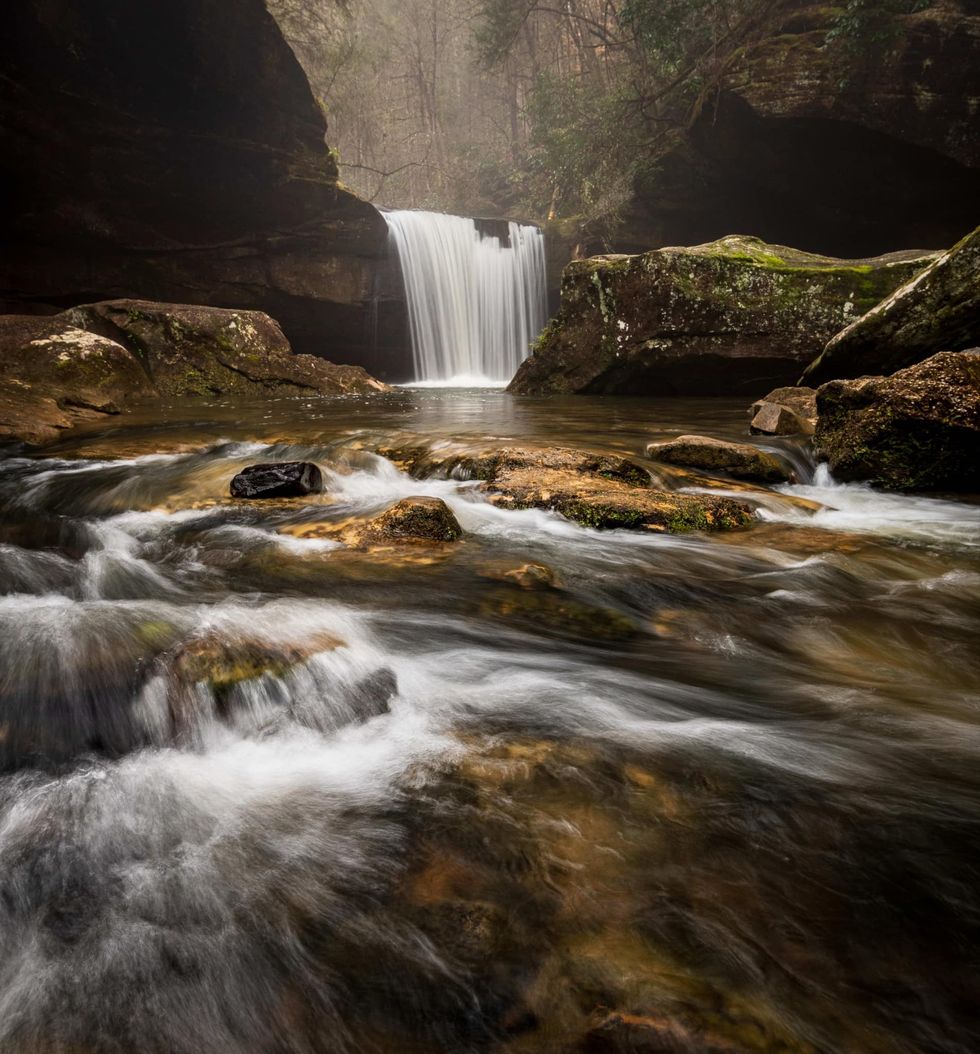 Photo: Craig Mack
Photo: Craig Mack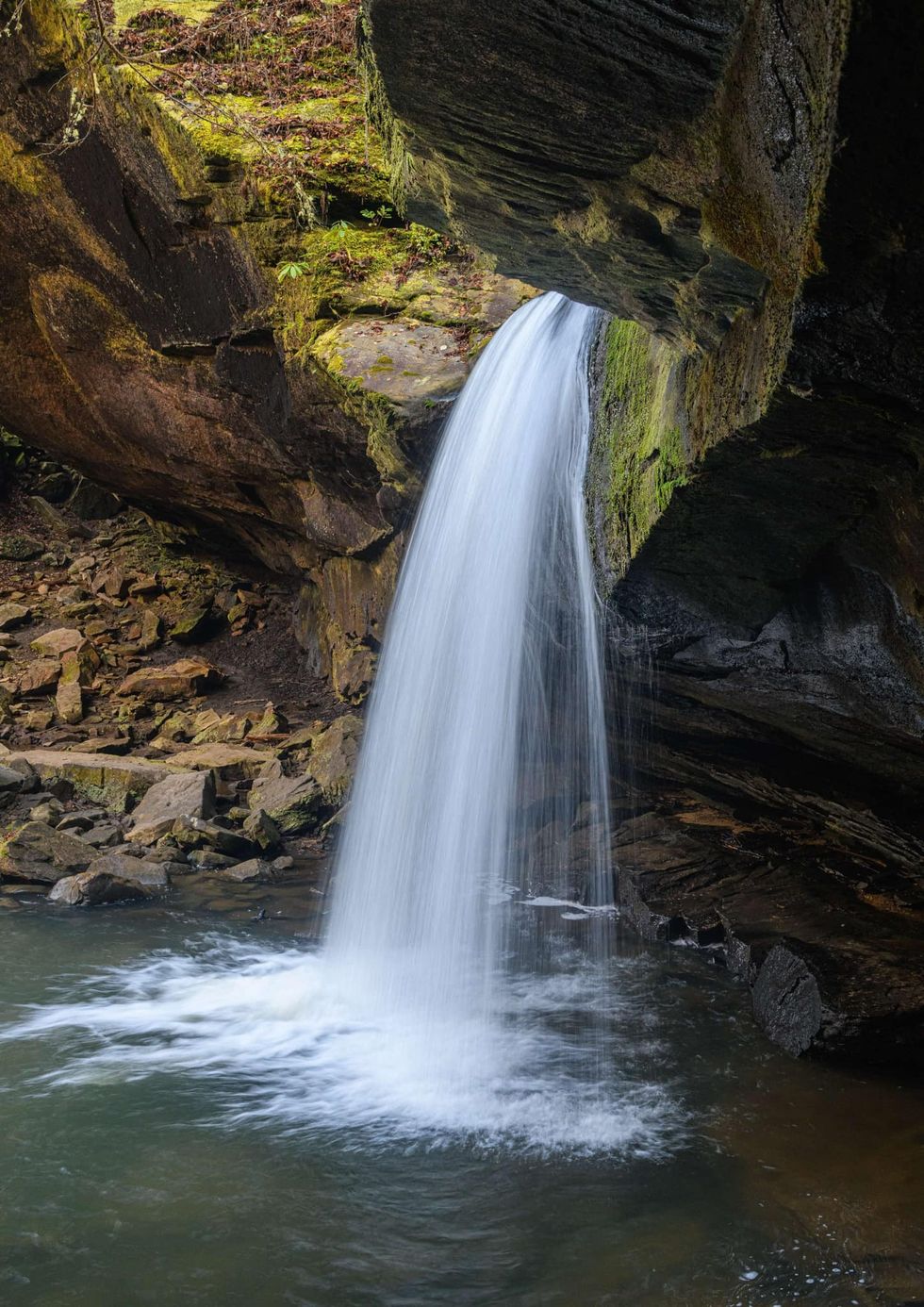 Photo: Craig Mack
Photo: Craig Mack